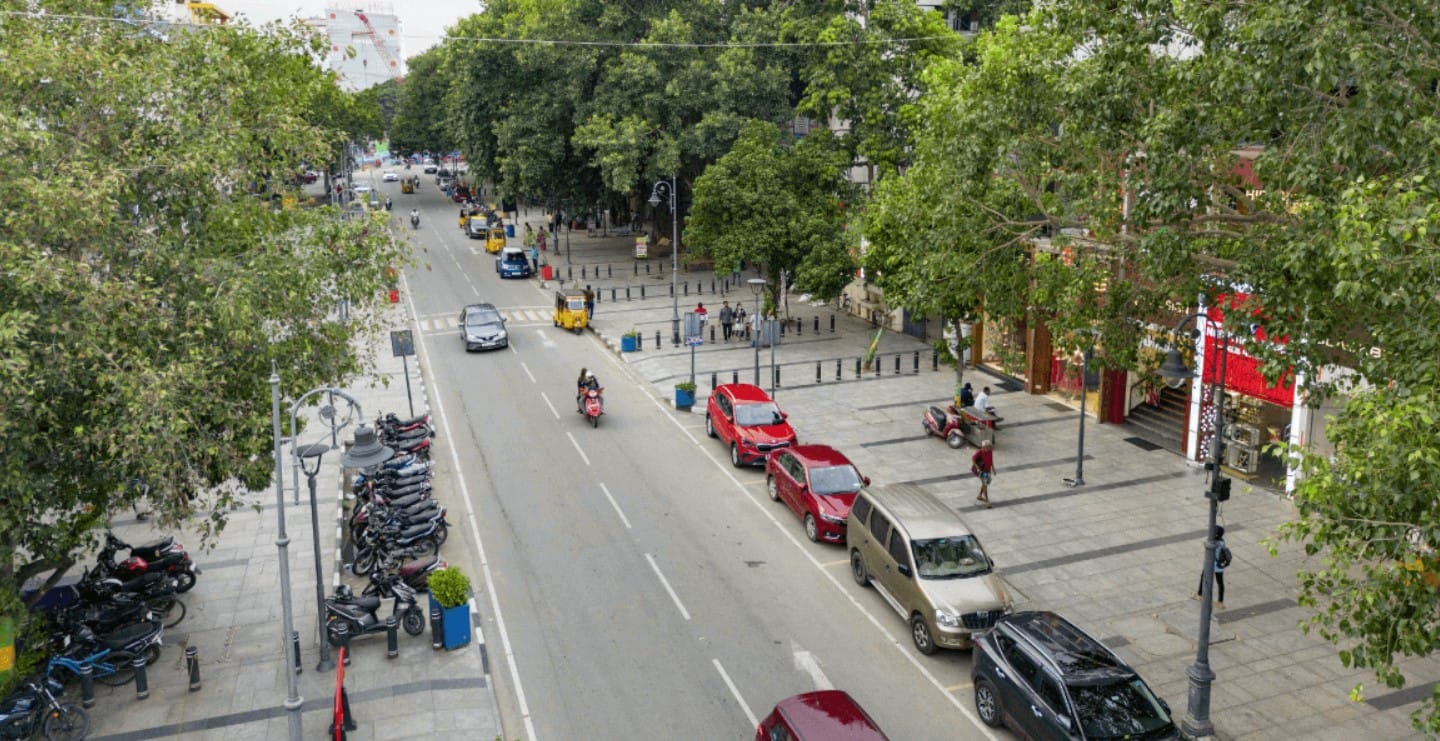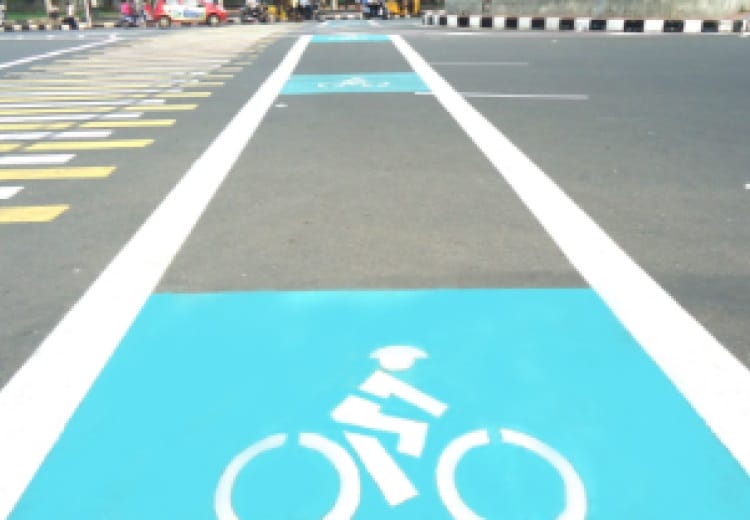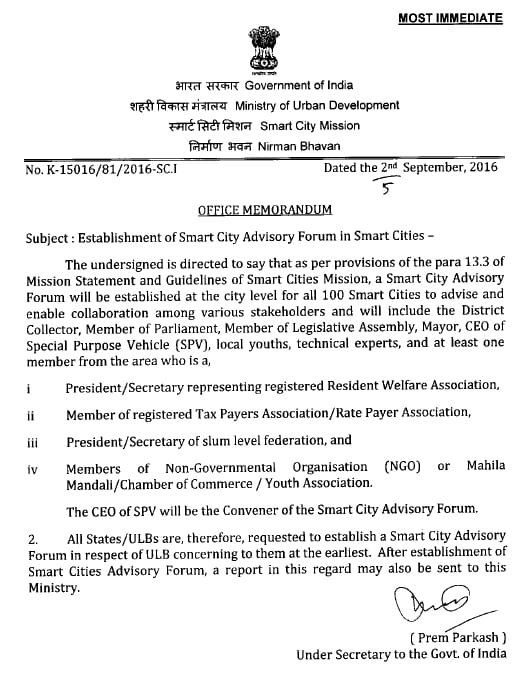Chennai is among the first few cities to get selected under the Smart City Mission programme in 2016. As many as 48 projects under different categories were taken up under the scheme. With only a couple of projects left to be completed, isn’t Chennai supposed to look ‘smart’ now?
The much-hyped Central government scheme, launched in 2014, was envisioned to build core infrastructure and evolve ‘smart’ solutions that would make cities more livable and sustainable. But, a decade since, the reality on the ground may be a little different. While some of the facilities provided under these projects are under-utilised, others have not been maintained properly by the authorities.
What is a smart city?
As per the Mission Statement, the objective of the Smart City mission is to promote cities that provide core infrastructure and give a decent quality of life to its citizens, a clean and sustainable environment and application of ‘smart’ solutions. The core infrastructure elements of a Smart City would include adequate water and power supply, sanitation, solid waste management, efficient urban mobility and public transport and affordable housing, especially for the poor. It also comprises a robust IT connectivity and digitalisation, e-Governance and citizen participation, sustainable environment, safety and security of citizens, particularly women, children and the elderly, and health and education.
In Chennai, projects under the Smart City Mission really took off with the creation of the special purpose vehicle (SPV), Chennai Smart City Limited (CSCL). As with SPVs created in PPP mode in every other smart city identified by the government, CSCL too was registered under The Companies Act, 2013. The corporate entity would oversee execution and promote coordination among various government agencies needed for successful implementation of the projects.
Soon afterward, several key projects such as the Pedestrian Plaza and rolling out of smart bikes were underway. In an interview given to Citizen Matters in February 2020, the CEO of CSC outlined various transformative projects that were in the pipeline and would give the city a new face.
But what is the status of these projects today, and more importantly, have they really brought about a change for the better in the lives of residents of Chennai?

Smart City projects are not smart enough
Of all the Smart City projects undertaken in Chennai, the one project that almost everyone knows about is the Pedestrian Plaza in Pondy Bazar implemented at a cost of Rs. 39.86 crores.

Sumana Narayanan, an expert in urban mobility, says, “Pedestrian Plaza is an interesting endeavour. Certainly, it is an excellent showcase of how a pedestrian space should be designed. However, the government had to make a lot of compromises to make it work by allowing motor vehicles through the road and on-street parking, with very minimal parking charges.” She also notes that one of the major concerns in this project was the disappearance of the street vendors from the pavements.
Read more: Delhi’s smart city plans ignore the urban poor, focus only on elite areas
C Thiruvettai, President of Chennai Street Vendors Association, says, “By removing the street vendors from the streets and putting them in a complex, the government has violated the Street Vendors (Protection of Livelihood and Regulation of Street Vending) Act, 2014. The Act says that street vendors have a fundamental right to vend but it has to be balanced with others’ rights. The Act only speaks about regulating the vending zones and not abolishing the vendors from the streets.”
The commercial complex housing the vendors lacks basic amenities. “This makes it difficult for the street vendors to take their goods to the shops on different floors. It is also inconvenient for the customers to climb stairs to explore the shops and buy things, which results in a loss of livelihood for the vendors,” he adds.
Underutilised parking facility
As part of the Smart City Mission, Greater Chennai Corporation also built a Rs 40-crore-worth Multilevel Car Parking in T Nagar to ensure the main road is free of parked cars. “If the government wants the public to utilise the multilevel car parking facility, it is necessary to penalise violators heavily, when they park their cars on the road,” says Sumana.
Authorities must ensure monitoring of illegal parking on a regular basis. “The public should be aware that if they park their cars on the roads, they will not only face severe action but also have a hard time getting their cars back. This will make the car owners automatically go to the Multilevel Car Parking to park their cars. However, since the GCC has not implemented these measures, the facility remains underutilised,” she says.
Dayanand Krishnan, a resident of Chitlapakkam, who tried using the Multilevel Car Park in T Nagar recently, says that three out of six floors in the facility were dysfunctional. So he was unable to park his car there.
Making a case for bicycles

Sumana says that the bicycle lanes in the city have been a huge failure, because of a lack of adherence.
“Painting a line for a cycle track and putting an image of a bicycle there works only in a society, where there is good traffic discipline. To make it work in a city like Chennai, we will have to rethink the concept, study how the livelihood cyclists are managing in the city, learn from their experiences and improve safety. This requires stringent measures against motorists, who do not follow the road rules and infringe on the space for cyclists,” she adds.
The Public bike sharing project started well but the authorities may not have communicated the intent of the project clearly to the public.
“Originally it was meant for last-mile connectivity. From the beginning, there were so many tech glitches, which the project implementors did not resolve. The reliance on technology —you can access the bikes only if you have smartphones and debit cards — is problematic as it excludes a large section of the public, who are not tech-savvy,” adds Sumana.
Read more: How effective has public bike sharing been in Chennai?
Where does the garden grow?
Under Smart Environment, GCC has taken up several projects including the vertical gardens and restoration of water bodies. A news report published in The Hindu in 2022, reveals that around 11 out of the 14 vertical gardens set up under the Smart City scheme were abandoned three years after implementation.
“I have not seen any improvement on the environmental side. I only see the environment getting degraded day by day. The GCC workers have cut down a whole lane of trees to lay the stormwater drains. I do not find any kind of smartness involved in this,” says Prashanth Goutham, a volunteer with Arappor Iyakkam.
Some of the other projects under Smart City Mission include the restoration of water bodies, 24×7 water supply and augmentation, biogas plant from water hyacinth etc. All project details can be found on the website of the CSCL.
Need for course correction
The Chennai Smart City Co. Ltd. also initiated a GIS Mapping of utilities by GCC, through Tamil Nadu Urban Infrastructure Financial Services Limited (TNUIFSL) under World Bank funding. The aim was to create a geo-referred Base Map of property and utility in GCC area of 426 sq km, covering 3 regions, 15 zones and 200 wards.
Dayanand Krishnan, who is also a GIS expert says, “Just marking the utilities using GIS does not serve any purpose. It only tells us where the utility is located. Where is the smartness in this? A real-time dashboard should be available for the utilities. For instance, if you have a stormwater drain, the real-time update of the water level in the stormwater drains should be available in the dashboard. Above-ground CCTV cameras should be installed like in Singapore to monitor the open drains. Whenever there are heavy rains, this will help in mitigating the floods.”
Pointing out that the public could not find any observation data getting recorded, he insists that integrating the data will help the GCC to making quick decisions and take action against contractors, who do not maintain the facility properly.
“For instance, the car parking facility has a system-based booking. The data from the car parking centre should be integrated into the control room at GCC headquarters. This will give the corporation data on how the space is being utilised and ways to improve it,” he adds.
Making the city ‘smart’
Transparency about the projects should be the way forward. “Making these data public will help Chennai residents understand the purpose of the Smart City Mission and how infrastructure has improved to make the city smart.”
While the implementation of the projects has caused enough inconvenience to the public, the lack of maintenance has resulted in a lot more inconvenience. “Usually funds are allocated for implementing the projects, but there are no funds allocated for their maintenance,” notes Prashanth.
“Citizens have been pushing for more space for cars by moving away from the public transport. So, this is what we get. These projects are only weak attempts by the government and they do not work. In the meantime, there is lack of transparency and accountability to the public. There doesn’t seem to be a mechanism of course correction by the authorities,” says Sumana.
As the Model Code of Conduct has been enforced throughout the country, government officials we reached out to, declined to comment on the programme.
What is the role of elected representatives in this?
Every Smart City is supposed to have an Advisory Forum consisting of elected representatives as said in the following communication.

However, the Parliamentary Standing Committee Report on ‘Smart City Mission: An Evaluation’ reveals that the Smart City Advisory Forum (SCAF) was convened in Chennai only five times since 2016.

Smart City Mission, being a central government scheme, pins the responsibilities not only on the officials, but also on all the elected representatives including the Members of the Parliament. Especially, when over Rs 1,000 crore of public money is put into the project, the elected representatives and the officials have a role to ensure the projects are serving the intended purpose.